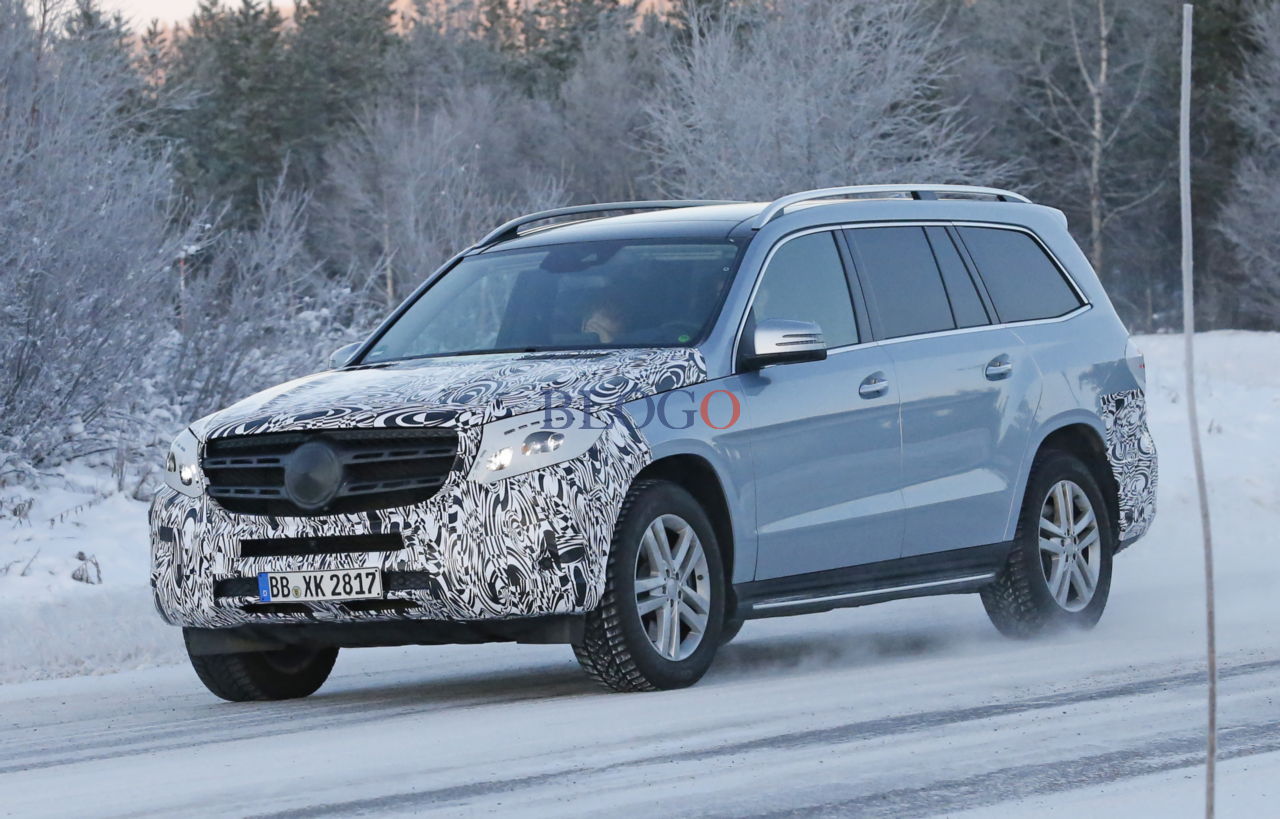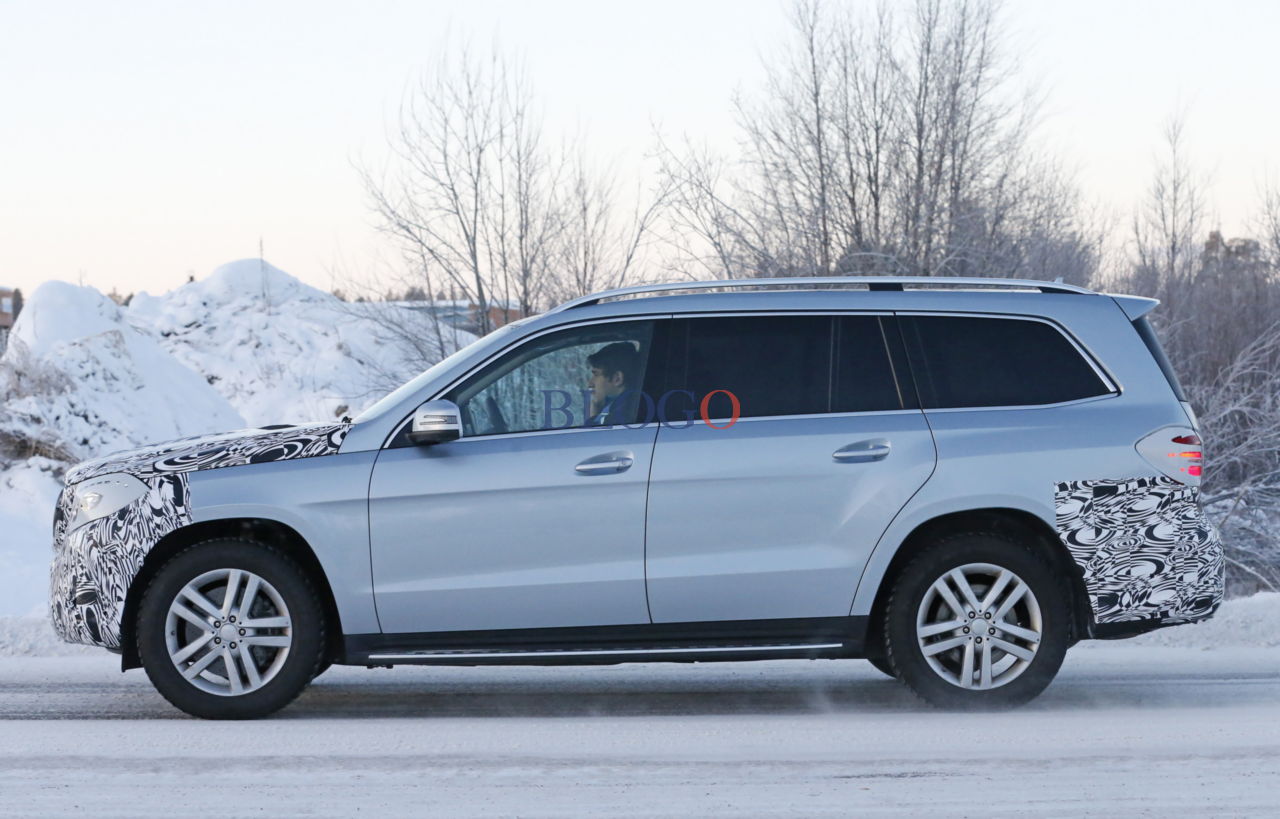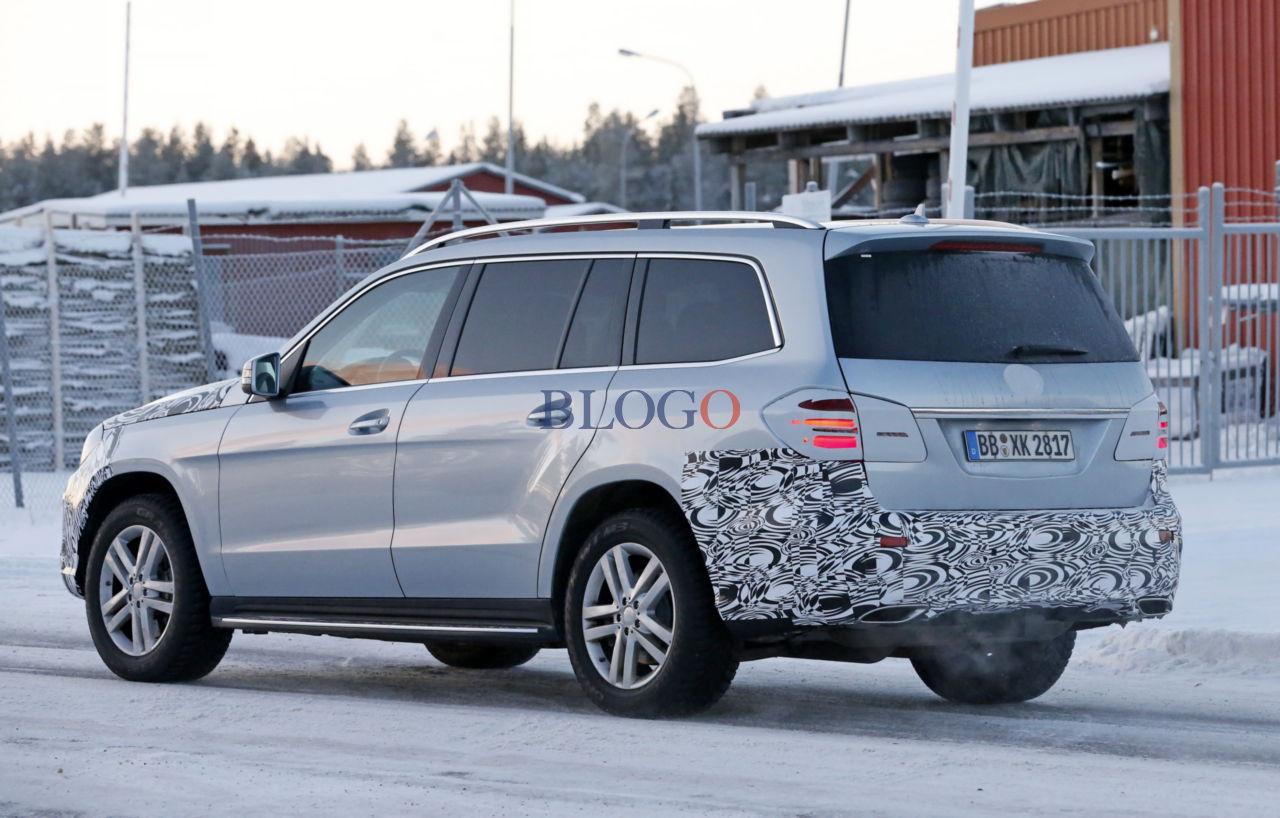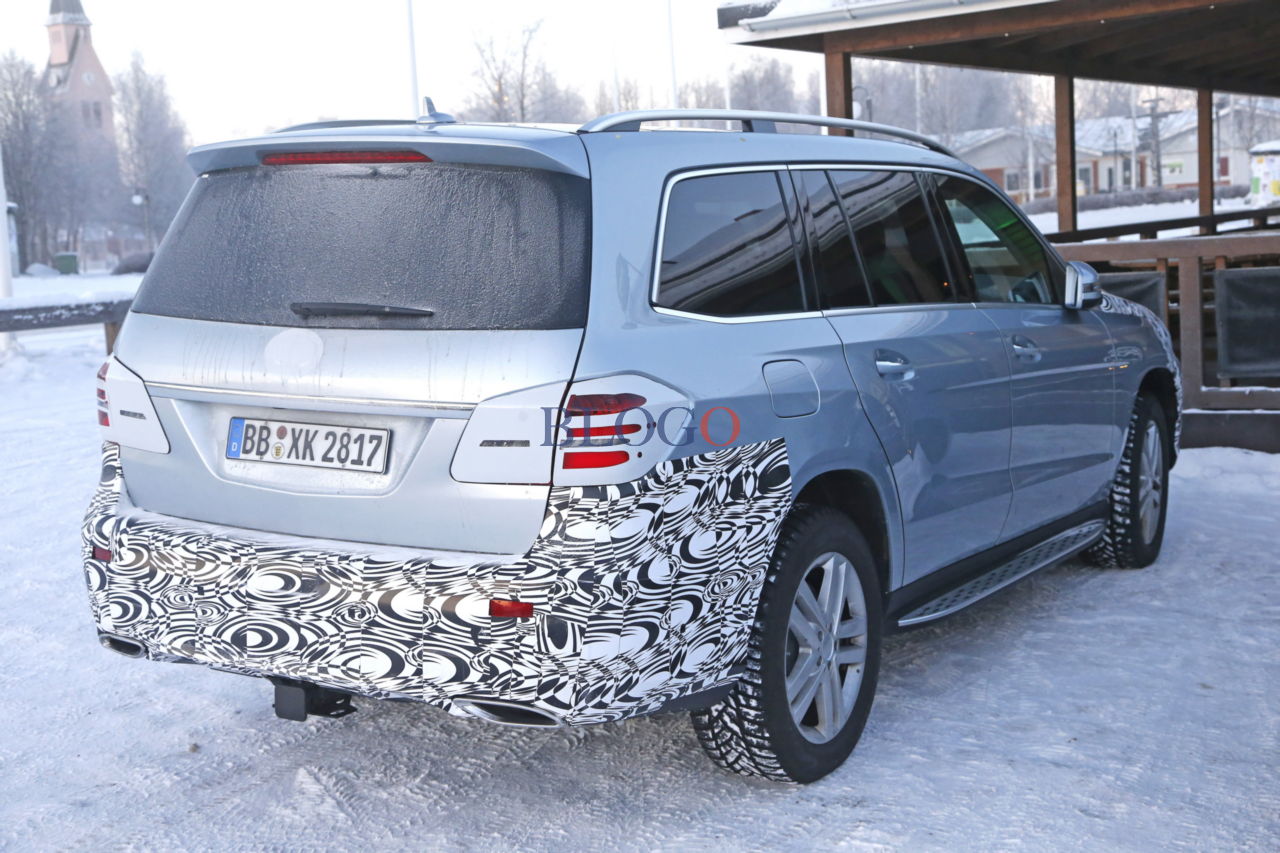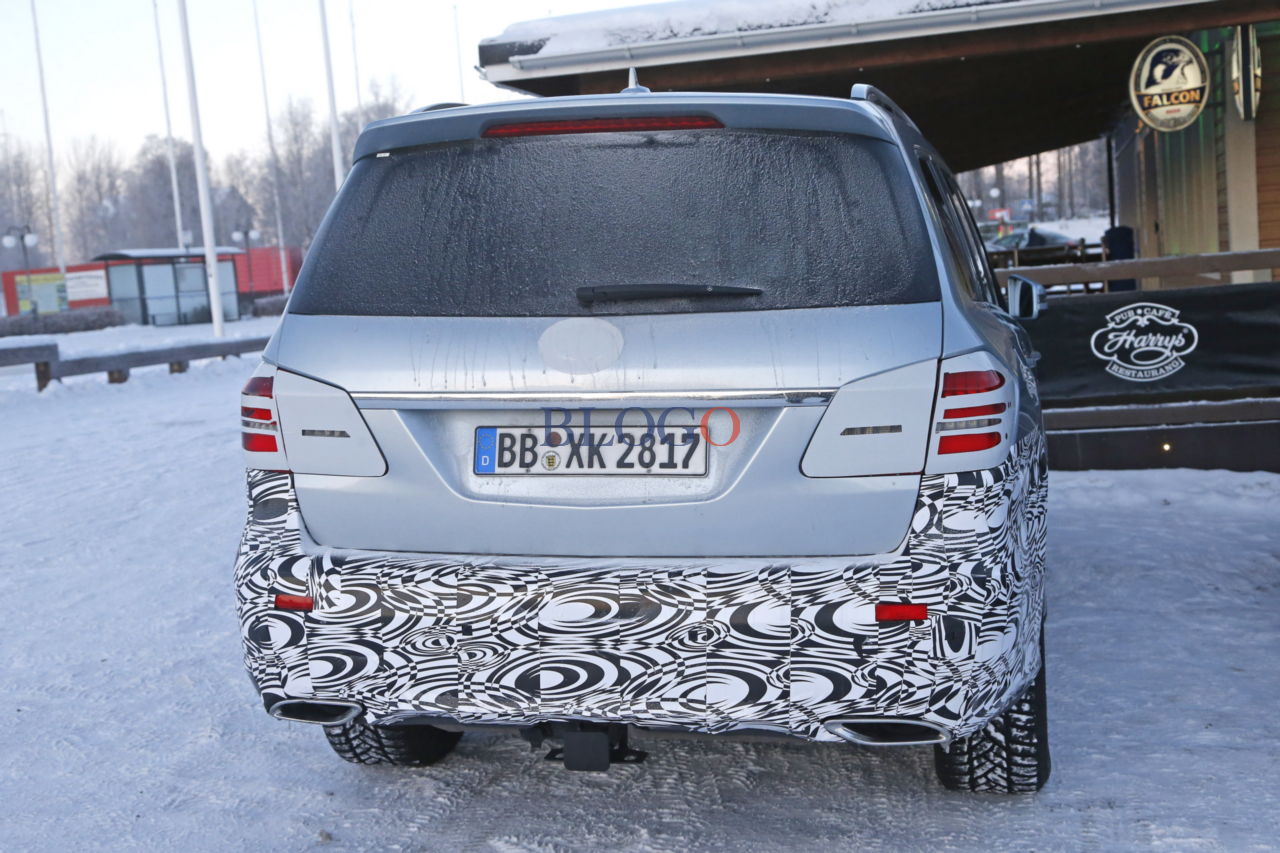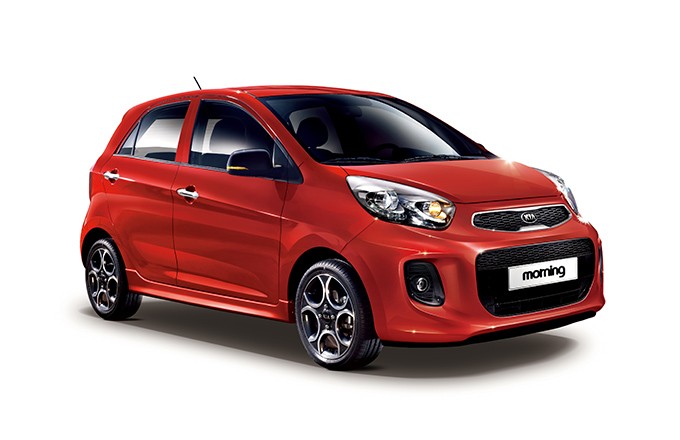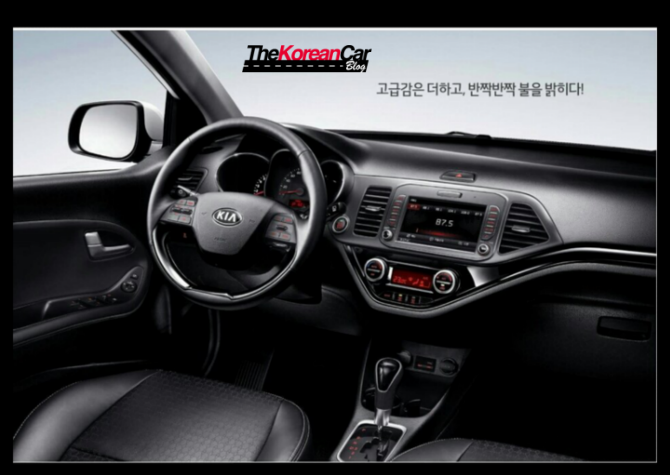Cadillac ATS-V








Any chassis engineer can tell you that curtailing wheel mass reduces unsprung weight, which pays dividends in terms of ride, handling, and wheel control. And Cadillac’s decision to offer just one wheel size allowed GM’s suspension wizards to concentrate on just one wheel-and-tire package, rather than on several to account for a range of rolling stock. Even the regular ATS sedan offers buyers just 17- and 18-inch wheel choices, and the ATS coupe is available only with 18 inchers. And both ATS versions boast class-leading—and BMW 3- and 4-series–thwarting—handling.
Bracketed by the ATS-V’s front wheels is the car’s twin-turbocharged 3.6-liter V-6. The six started life as the LF3 found in Cadillac’s larger CTS Vsport model, where it makes 420 horsepower and 430 lb-ft of torque, but is overhauled for ATS-V duty by way of new crankshaft counterweights, titanium connecting rods, and stunted intake runners. The oil pan features unique baffling to better manage flow during high-g cornering (it’s still a wet-sump design), and the turbos are unique, too. Peak boost sits at 18 psi—6 higher than in the LF3—and higher-flow fuel injectors deliver appropriately more go-juice to match the extra air being forced into the combustion chambers. This results in a new engine designation: LF4.
Would a V-8 have been cool? Of course, but the M3/M4 ditched the old M3’s eight for a turbo six, and it’s difficult to complain about the ATS-V’s tentative rating of 455 horsepower and 445 lb-ft of torque. The ATS-V sends its prodigious output to its rear tires via a six-speed manual transmission with GM’s no-lift-shift feature and a driver-selectable rev-matching function, or the very same 8L90 eight-speed automatic from the 2015 Chevrolet Corvette Stingray. The Cadillac uses the same ratios as the Vette, but the gearbox programming is intended to impart a slightly gentler personality. With either transmission, the ATS-V gets launch control and an electronic limited-slip differential.
Cadillac already has given us a taste of what the ATS-V’s small-diameter rear tires are capable of in an intoxicating burnout video, but the company now has revealed what it thinks the 3700-pound car can do: 60 mph comes up in less than four seconds, and top speed is a loin-tingling 189 mph. Stopping is handled by a wheel-stuffing Brembo big-brake kit utilizing 14.6-inch front and 13.3-inch rear rotors squeezed by six- and four-piston calipers. No carbon-ceramic brake option will be offered.
To help ensure that those 18-inch wheels and the suspension have the strongest base upon which to work, the ATS-V’s body is given extra engine-bay bracing, including an aluminum plate fitted to the bottom of the front subframe. Torsional rigidity is up 25 percent relative to the ATS. Spring rates are up 50 percent all around, and the bushings and ball joints are all new. GM’s Magnetic Ride Control magnetorheological adaptive dampers are present; in this car, they offer a 40-percent better response time and can adjust damping force more than once every inch of road traveled at 60 mph. Cadillac tuned the ZF-sourced variable-ratio electric steering rack to be 14-percent stiffer. Five different driving modes help fine-tune the setup on the fly.
The front track is an inch wider on the ATS-V sedan and 0.2 inch on the coupe (the non-V coupe already has a wider track than the sedan); the cars’ rear tracks shrink by 0.5 inch and 0.3 inch. The Michelin Pilot Super Sport tires measure 255/35 in the front and 275/35 at the rear. They should impart sufficient stick for the occasional track day, and—to really beat the wheel/tire horse—their smallish size means replacements should be relatively affordable.
Don’t let the wheel size fool you into thinking the ATS-V coupe and sedan can go incognito. The profile views are a bit subdued, sure, but the ducktail spoiler, aggressive front splitter, hood vent, quad exhaust outlets, grille mesh, and V badges on the trunklid and each front door clearly pronounce this ATS’s V-ness.
The V transformation is more low-key inside, where V-standard sport front seats face a dashboard inlaid with either with real carbon-fiber trim or wood. Three color schemes will be available: all black (with the standard seats), black with gold-colored—sorry, “saffron”—seat inserts and stitching, or light gray with black accents (the two-tone schemes pair with optional Recaro seats). The Corvette’s camera- and GPS-based Performance Data Recorder also makes the options list.























